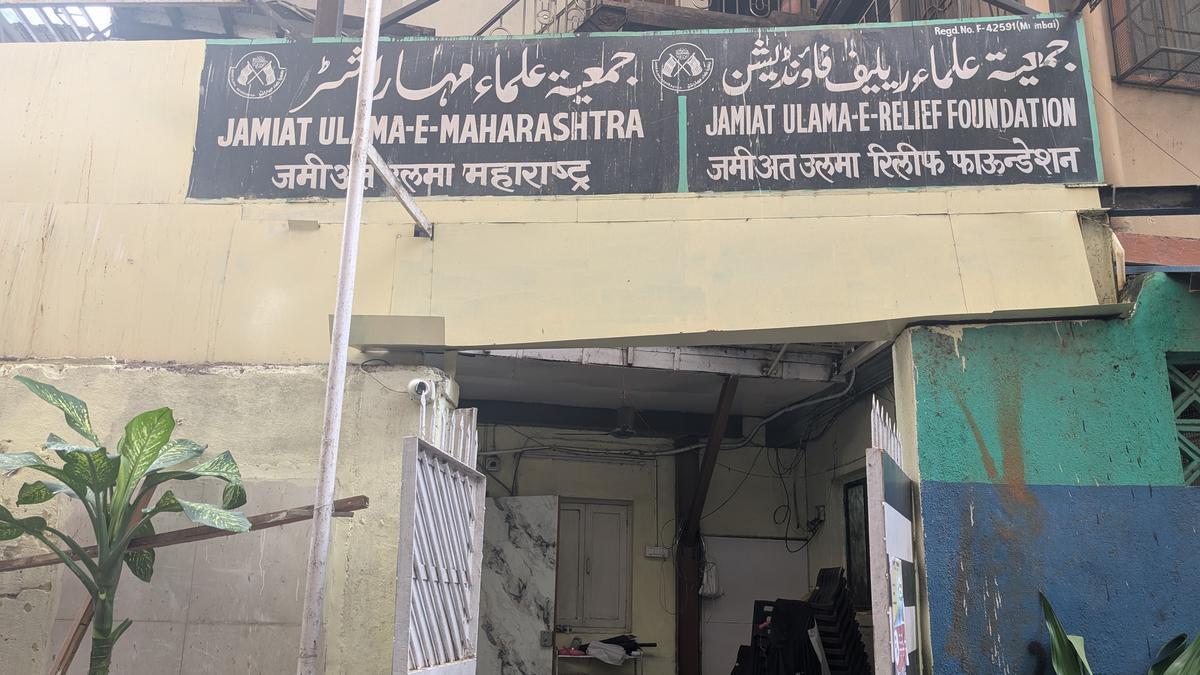Now Reading: Heavy Rains Batter Kochi as High Tide Worsens Ernakulam Coastline Situation
-
01
Heavy Rains Batter Kochi as High Tide Worsens Ernakulam Coastline Situation
Heavy Rains Batter Kochi as High Tide Worsens Ernakulam Coastline Situation

Quick summary
- Kochi experienced relentless heavy rain and strong winds as Saturday morning, leading to widespread flooding and road inundation.
- For the first time this monsoon season, M.G. Road was wholly flooded; uprooted trees disrupted power supply in several areas.
- Mayor M. Anilkumar cited high tide and equipment failure as contributing factors to the flooding, stating Kochi’s vulnerability during prolonged heavy rains.
- Several key roads including KSRTC bus stand area, Ernakulam South railway station vicinity, Monastery Road, among others were submerged; houses in Vivekananda Road also reported water entry.
- Criticism arose regarding delayed desilting work of canals under ‘Operation Breakthrough,’ with UDF members alleging poor readiness by civic authorities.
- Coastal areas like Edavanakkad and Vypeen reported flooding exacerbated by sea incursion; nearly 300 houses in a 1 km stretch along Edavanakkad suffered wave invasions. Residents hesitated to move to relief camps despite being severely affected.
- A Fire and Rescue services team evacuated families near Aniyil beach in Vypeen due to severe water infiltration.
- Two domestic flights were diverted from Kochi airport due to adverse weather conditions.
Indian Opinion Analysis
The severe flooding episode highlights vulnerabilities stemming from unplanned urban growth coupled with inadequate preparedness for extreme climatic events. While geographic challenges such as Kochi’s low elevation limit mitigation capacity during continuous rainfall or high tides, criticisms of delayed desilting underscore systemic inefficiencies. Coastal communities face compounded risks due to rising sea levels and extreme weather patterns suggesting urgent need for long-term infrastructure planning along vulnerable zones.Additionally, transport disruptions caused by inundated roads and diverted flights underscore economic repercussions that may arise from insufficient early warning systems or drainage mechanisms. civic agencies should address shortfalls like malfunctioning pump infrastructure,while prioritizing proactive measures over reactive interventions during peak monsoon months.
The incident serves as another reminder for Indian cities grappling with climate-induced disasters about enhancing resilience strategies thru community engagement focused solutions tailored regionally rather simply upgrading disaster facilities reactively . Climate Adaptive reforms essential frameworks broadly expected increasing longer term frequent damages .
Published July 26
























